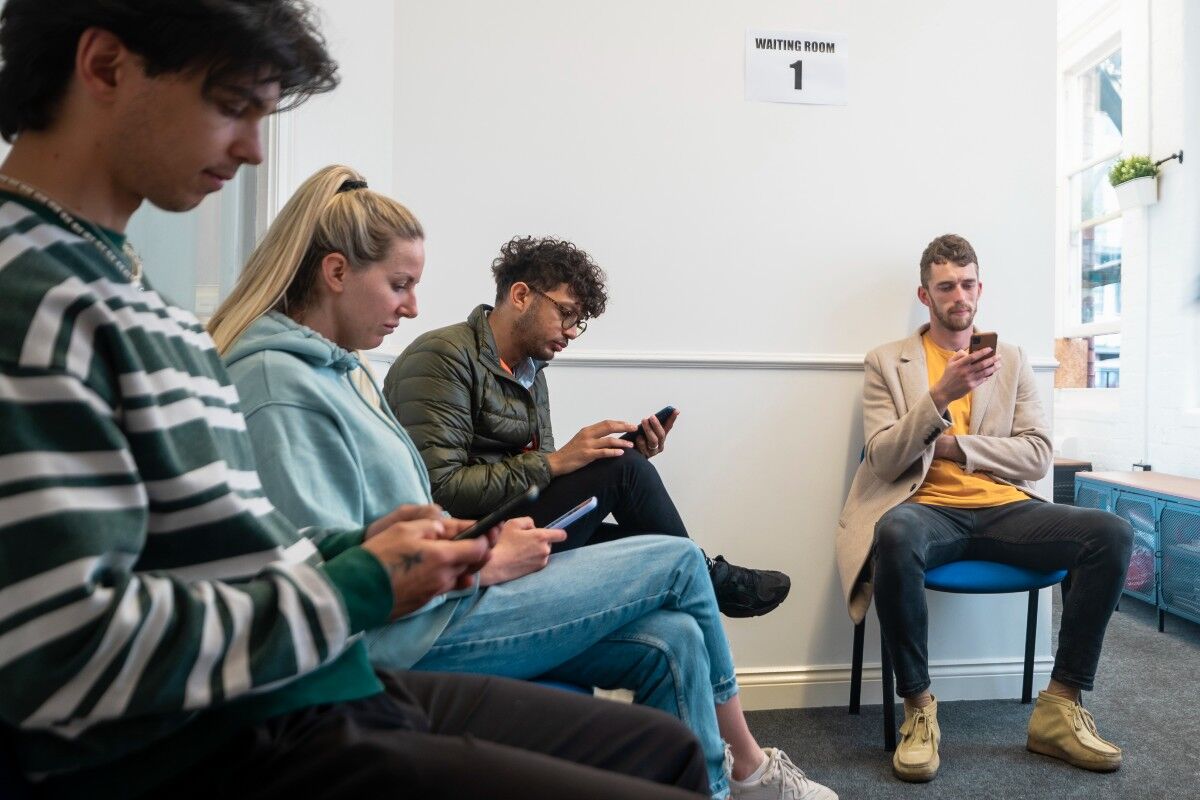Opinion: Access recovery

This site is intended for health professionals only

Dr Sarit Ghosh, clinical director at Enfield Unity PCN, shares his thoughts on how the GP Recovery Plan addresses access.
The long-awaited GP Recovery Plan has finally arrived. And it has been published at a time of great change in primary care.
The publication of the Fuller Stocktake is now nearly a year ago. And it feels like only recently that we have taken tangible steps in developing models of care that would align with its principles to meet local need. That’s because, like any transformation, it has taken some time to percolate within systems to develop a shared understanding with stakeholders. And it is in addition to all the other asks of practices and PCNs.
In Enfield, like most places, primary care leaders have recognised that access needs to be prioritised. It is a required part of the focus on proactive care and prevention. I fear another winter like the last would lead to A&Es and UTCs becoming overwhelmed, resulting in potential patient harm.
So, in this context, it is helpful that NHS England has released the GP Recovery Plan. However, it is not all positive.
The delivery plan describes four pillars to improve patient access with various initiatives to empower patients, build capacity, and transform the GP front end and the interface with other providers. Some of these include asking patients to utilise the functions of the NHS app, self-referral and expanding the community pharmacy offer.
Community pharmacy
I can support using digital technologies and self-referral in specific controlled scenarios as described in the document. However, I am concerned about shifting work towards an already struggling community pharmacy.
I read recently that the number of pharmacies has fallen by 160 over the last two years, with the lowest number now since 2015. And, notwithstanding the recurrent theme of NHS England asking all providers to do more with a dwindling and burnt-out workforce, the additional £645m funding alone will not address some of the governance issues that arise.
For example, there is a move to allow pharmacists to prescribe and dispense for sinusitis, sore throat, earache, infected insect bite, impetigo, shingles, and uncomplicated urinary tract infections in women. This has significant potential risk for patients. Our ARRS clinical pharmacists would still be anxious about prescribing for minor illnesses without supervision. And they undertake the 18-month CPPE course and then a subsequent independent prescribing qualification.
Without extensive training and supervision on assessment, diagnosis and clinical decision-making, as well as full access to the patient record, there may be consequences such as more delayed cases of Sepsis, more medication incidents, and potentially worsening antibiotic stewardship.
In my view, a safer model would be for patients requiring more transactional care to go through Neighbourhood same-day access hubs, as outlined in the Fuller report, within general practice. Then, following triage, only the suitable patients would be redirected to community pharmacy. This integrated model is preferable to patients presenting at pharmacies with undifferentiated illnesses.
Modern GP access model
Another concern is that most of the conditions listed often do not require medication. It is challenging enough for experienced doctors to say no to patients who are convinced they need specific treatments. This could lead to aggression moving from general practice into community pharmacies.
This brings me to the ‘Modern GP access model’. As mentioned in the report, practices have been utilising variations of this model for years. My practice is one of them.
However, to be successful, it needs all practice staff to embrace it and strong clinical leadership. That ranges from the reception staff managing the front end to an experienced multidisciplinary clinical team, which includes GPs. It also requires effective management of digital exclusion. Few patient cohorts, especially within deprived multi-ethnic populations, would accept online-only initial contact with their GP.
During the early pandemic, we had pushback from our elderly population, who did not like this digital-first model, and we settled on more telephone-centric triage. Either model can be very efficient. However, deciding which is best will depend on workforce and skill mix because, as well as considering demographic needs, it is essential to consider adequate staffing. Otherwise, there is a risk of higher rates of burnout, further exacerbating the crisis in primary care.
For example, better telephony may support a slightly better patient experience, but practices still must ensure sufficient staff are available for call handling during the busy morning periods. There is only so much you can do through rostering.
GP capacity unaddressed
We commissioned a central contact centre at my 12-site super-practice with several additional staff to provide resilience. Although helpful, there are often still long waits at peak hours. To undertake a comprehensive assessment of need requires more time, which inevitably affects call wait times and drop-offs.
And, of course, there have to be enough appointments to meet demand.
The £385m ARRS funding is welcome. But it is not new money and has been part of five-year contract modelling for a while. And none of the initiatives – changes to pensions, visas, reducing bureaucracy and estates – funds additional GP capacity, which is currently the main challenge in primary care.
So, nothing suggested will lead to immediate change. And although the access plan and the Fuller stocktake provide a framework, Integrated Care Boards need to take action. They must urgently explore moving resources around the system to support the development of same-day-in-hours neighbourhood GP-led access hubs, building on the acute respiratory hub work this past winter.
Otherwise, the vicious cycle of deteriorating care and poorer workforce retention will worsen for patients and clinicians. And the opportunity to focus on the more preventative and proactive care measures described in the Fuller stocktake will be lost.
Dr Sarit Ghosh is clinical director at Enfield Unity PCN, London and on the Pulse PCN editorial advisory board.